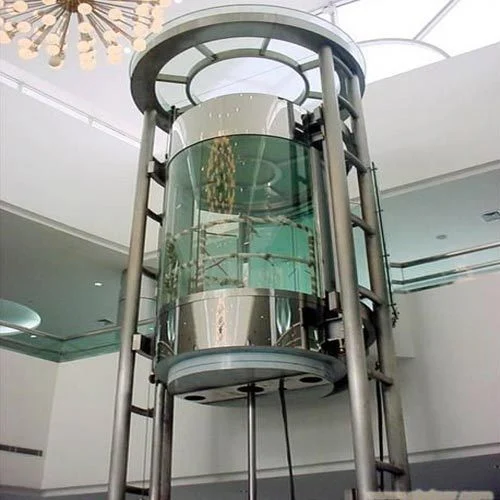
Hydraulic lifts are a type of elevator system that utilizes hydraulic fluid pressure to move the elevator car between floors. These lifts are widely used in various settings, ranging from commercial buildings and residential complexes to industrial facilities and warehouses. Here's an overview of hydraulic lifts, their working principles, and their benefits:
Working Principle:
Hydraulic lifts operate on the principle of Pascal's law, which states that when pressure is applied to a confined fluid, it is transmitted undiminished in all directions. In a hydraulic lift system, a hydraulic fluid, typically oil, is pumped into a cylinder to create pressure. This pressure forces a piston to move, thereby lifting the elevator car. Releasing the pressure lowers the elevator car.
Key Components:
Hydraulic Pump: The hydraulic pump is responsible for pumping hydraulic fluid into the cylinder to create pressure.
Cylinder: The cylinder contains the hydraulic fluid and piston. When pressure is applied, the piston moves, lifting or lowering the elevator car.
Elevator Car: The elevator car is the platform that carries passengers or goods between floors.
Control System: The control system regulates the operation of the hydraulic lift, including starting, stopping, and floor selection.
Benefits of Hydraulic Lifts:
Smooth and Quiet Operation: Hydraulic lifts provide smooth and quiet operation, making them suitable for buildings where noise levels need to be minimized.
Space Efficiency: Hydraulic lifts require less overhead space compared to traction lifts, making them ideal for buildings with limited vertical clearance.
Cost-Effective: Hydraulic lifts are often more cost-effective to install and maintain compared to traction